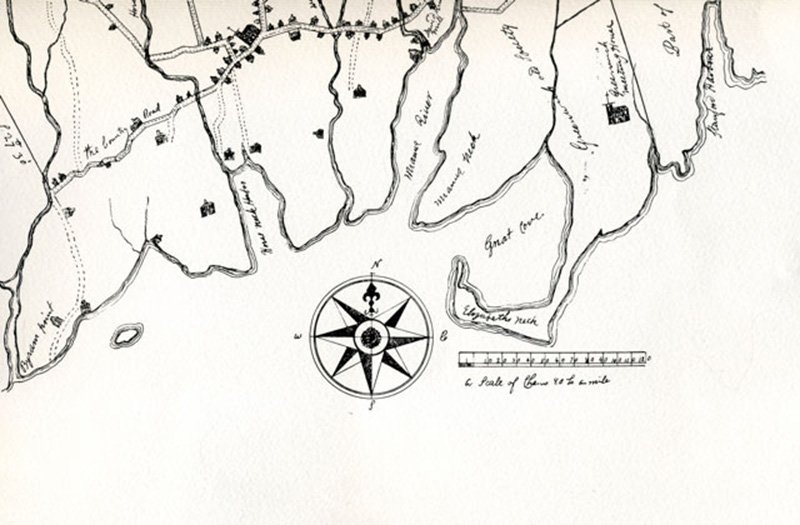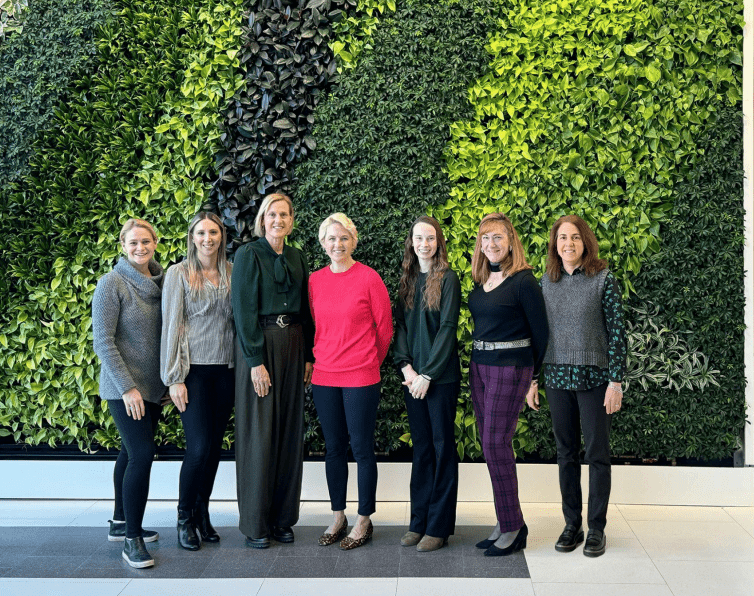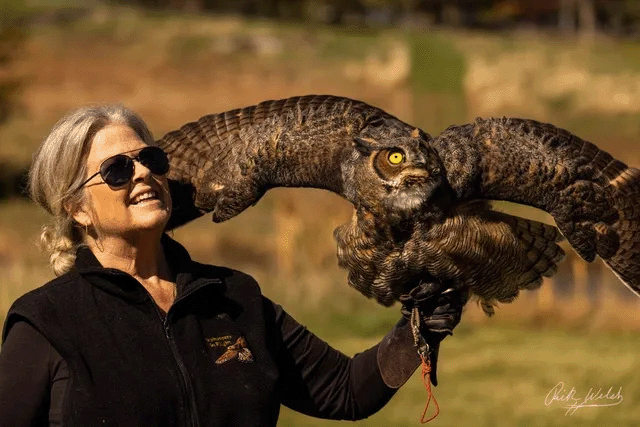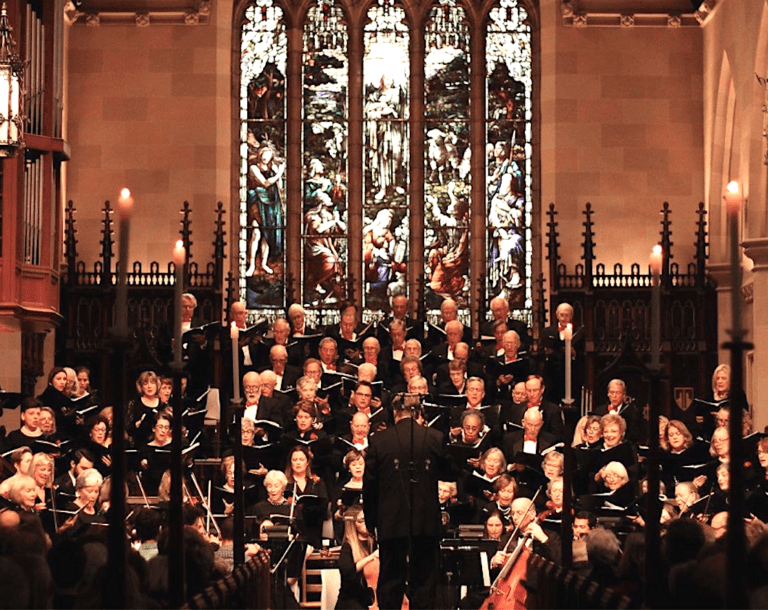
 By Dan Fitzpatrick
By Dan Fitzpatrick
It is often said that Greenwich is a town made up of neighborhoods. We celebrate that fact at the top of the front page of every issue of the Sentinel. One of those neighborhoods has a special history and an interesting story behind its unique name.
About a mile long and bounded by the Central Greenwich downtown to the east, West Putnam Avenue to the north, Byram to the west and the Metro North railroad tracks to the south, the neighborhood of Chickahominy was mostly farmland until after World War I. In the early years of the last century, Italian immigrants, many stone masons, settled there to work at the stone quarries located along the western side of Byram Cove. A number of their descendants live there still, in homes their families have enjoyed for generations. The community grew with the advent of the trolley service, which began in Greenwich in 1901. In 1951, the Town of Greenwich built the Armstrong Court complex in Chickahominy to help ease the housing crunch caused by the influx of returning World War II veterans, and just last year added 18 more townhouse units to the complex. The current makeup of the neighborhood is now quite diverse, but it has retained a strong sense of community and considerable pride in its history and identity. Housing turnover is historically very low.
The heart of Chickahominy, both locationally and spiritually, is St. Roch Church on St. Roch Avenue across from the town’s Hamilton Avenue School. (Its fascinating story is told in an accompanying article appearing elsewhere in this issue.) Every year, the parish celebrates the Feast of St. Roch with a multi-day street festival featuring a variety of foods (including its famous pizza fritta), music and carnival rides. This year’s feast will be held from Wednesday, August 11 through Saturday, August 14, culminating with a procession and the celebration of Mass on Sunday, August 15.
So how exactly did Chickahominy get its name?
Legend has it that local residents served in the Union Army’s V Corps during the Civil War and fought in the Battle of Gaines’ Mill (June 27, 1862) along the banks of the Chickahominy River in Hanover County, Virginia, near Richmond. That battle, which is sometimes also referred to as the Battle of Chickahominy, was the second bloodiest battle in American history at the time, and Confederate General Robert E. Lee’s first major victory in that war. The Union forces were forced to retreat across the Chickahominy River, burning the bridges behind them. While it was a defeat, seven different Union soldiers were awarded the Medal of Honor for their bravery at the Battle of Gaines’ Mill.
Upon their return, the Greenwich veterans named their neighborhood Chickahominy as a way to commemorate the sacrifices of their comrades-in-arms.
The current residents of Chickahominy take great pride in their neighborhood, its name and its history. Next time you drive down Hamilton Avenue, give a thought and a nod to all the people – past and present – who contribute to the variety and very special nature of our wonderful town.
Photograph courtesy of Greenwich Historical Society




